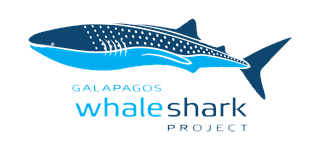
Galapagos Whale Shark Project – Ecuador
Facebook: @galapagoswhaleshark
Instagram: galapagos_whale_shark_project
Twitter: @Galapagossharks
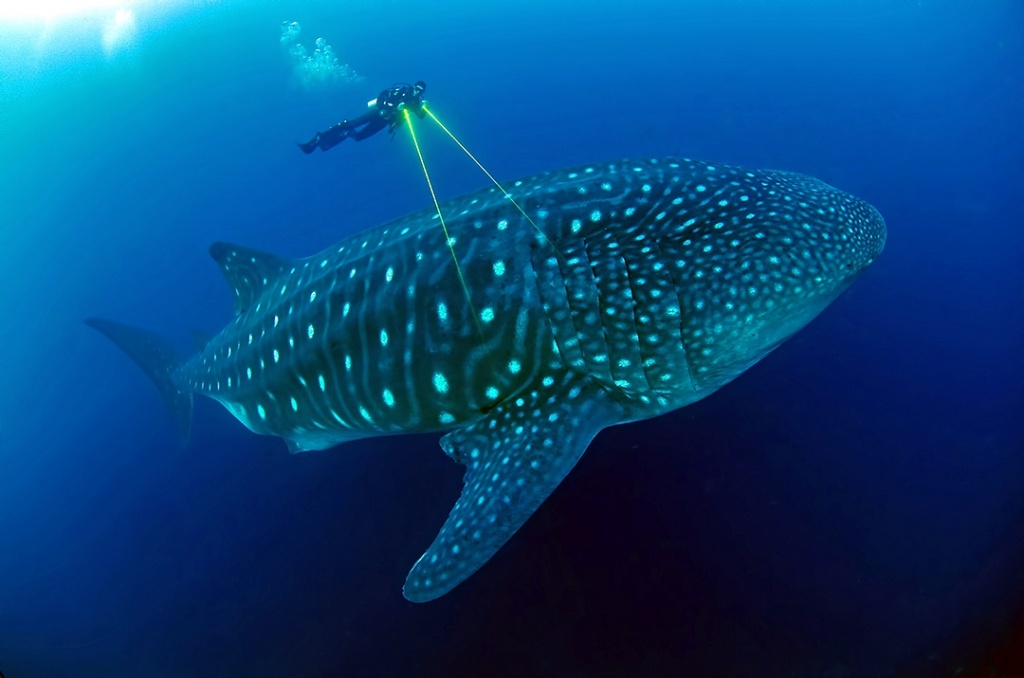
Jonathan R. Green, co-founder together with Dr Alex Hern of the project which began in the late 90’s as a photo ID survey but they quickly realized they needed to use other methods of tracking and data collection, so they began a satellite tagging program in 2011. They are now using satellite telemetry, laser biometry, blood chemistry, DNA tissue sampling, photo ID and ultrasound in order to better understand the population dynamics and movements at a local, regional and hopefully global level.
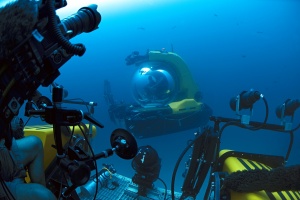
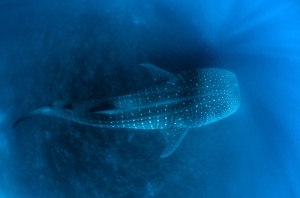
Interestingly the first data that emerged from the study is that over 99% of the whale sharks that are sighted, (mostly around the northern island of Darwin), are female. Given the distended abdomens they believe that the females may be pregnant, (being ovoviviparous) and that Galapagos may be the key to understanding where and when whale sharks are birthing. Although the ultrasound tests showed egg follicles the team were unable to detect embryos. Not because they are not present but because of the limitations of the equipment.
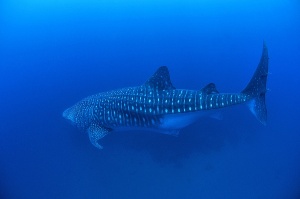
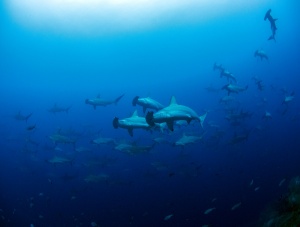
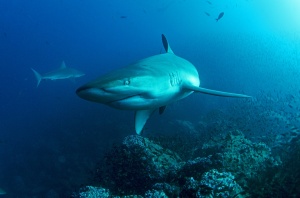
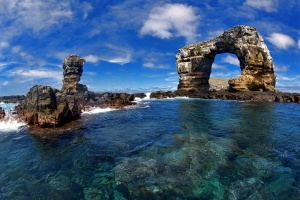
Here is the 2018 season’s field work report which explains more about the techniques and results we are obtaining from the study .
GWSP-Field-Report-2018